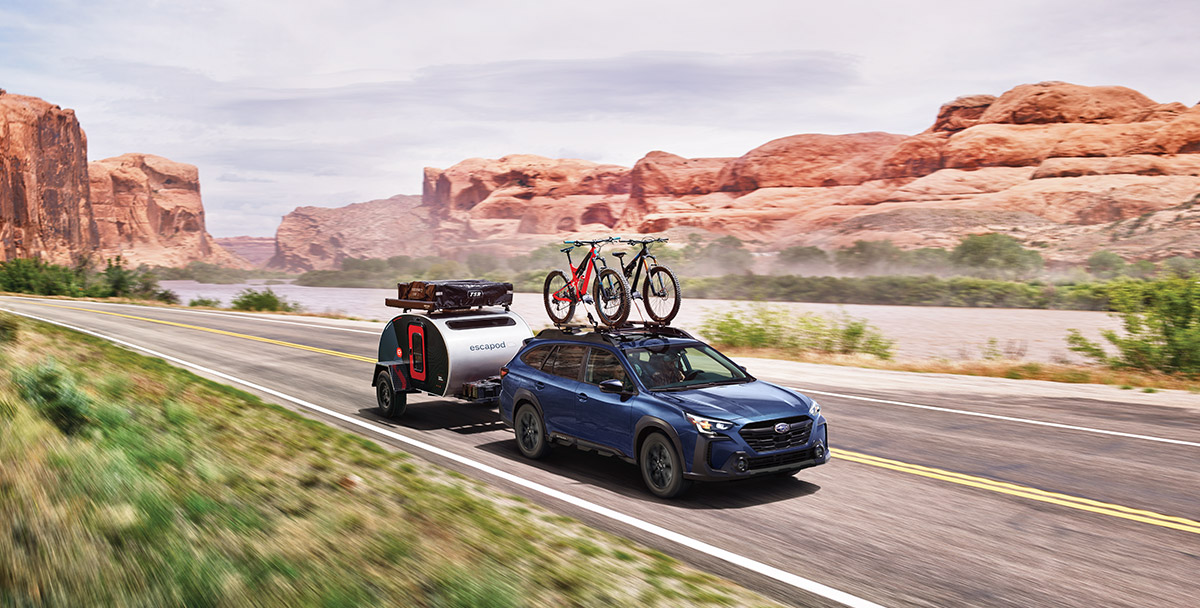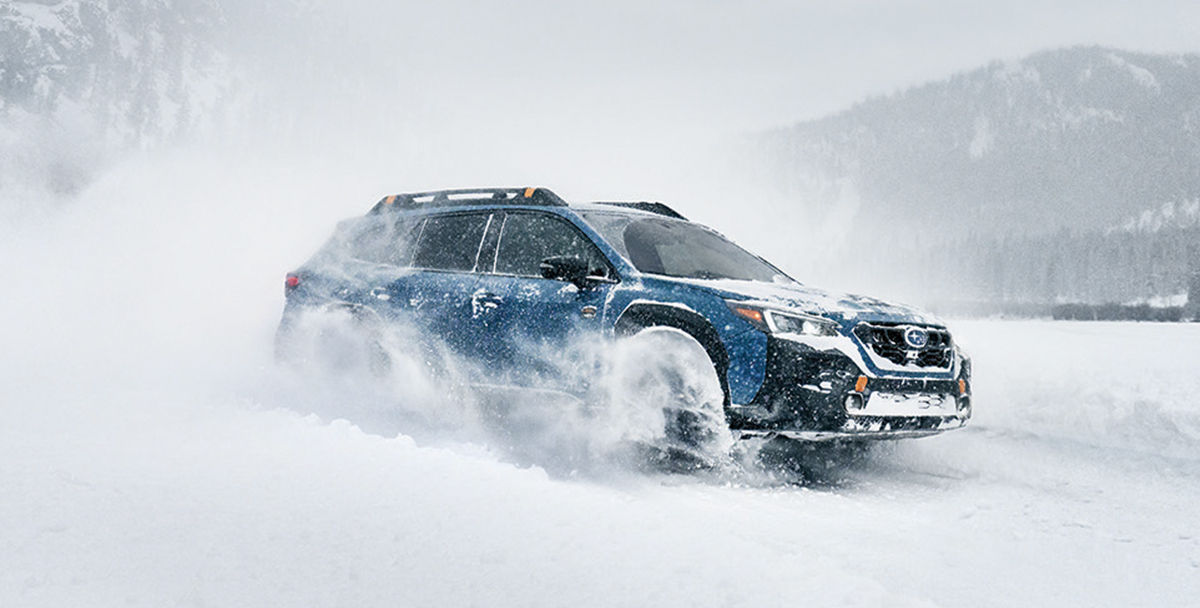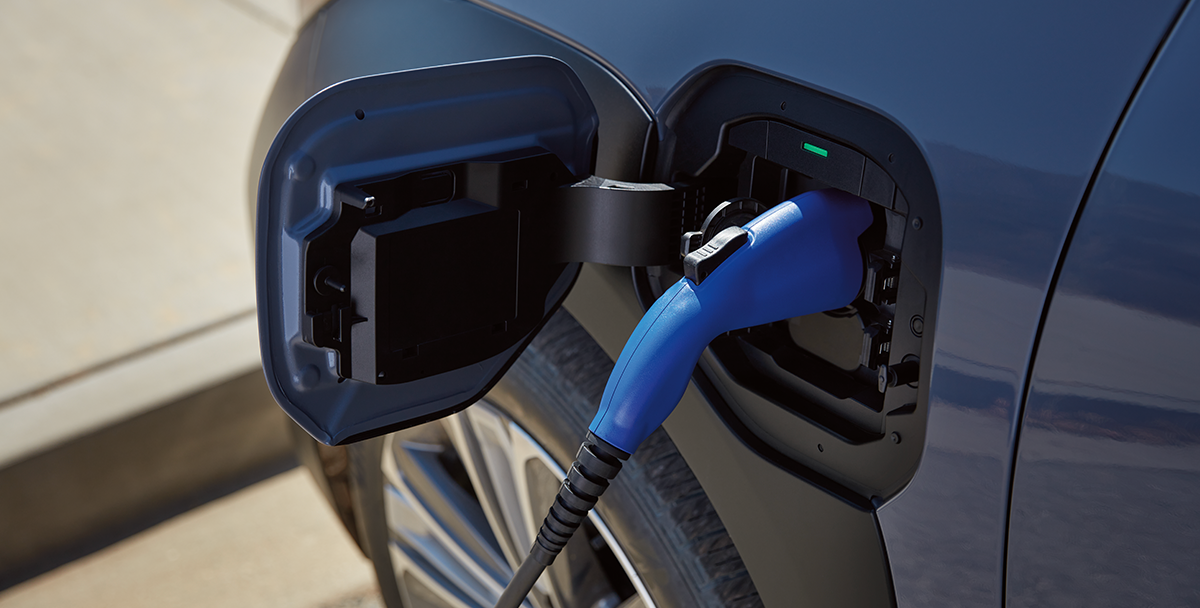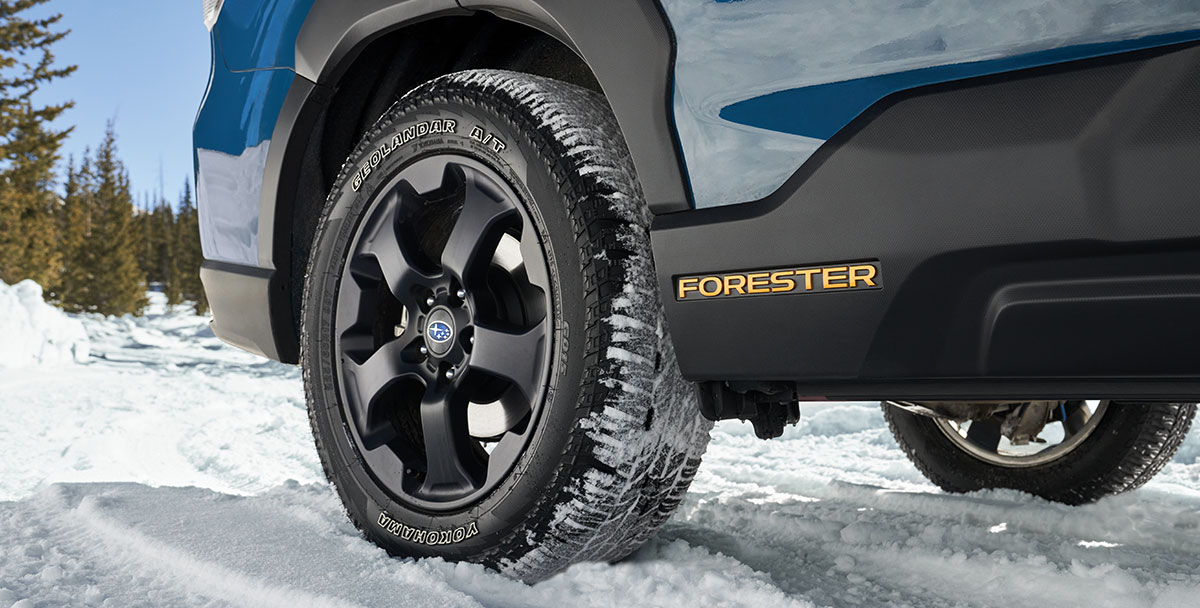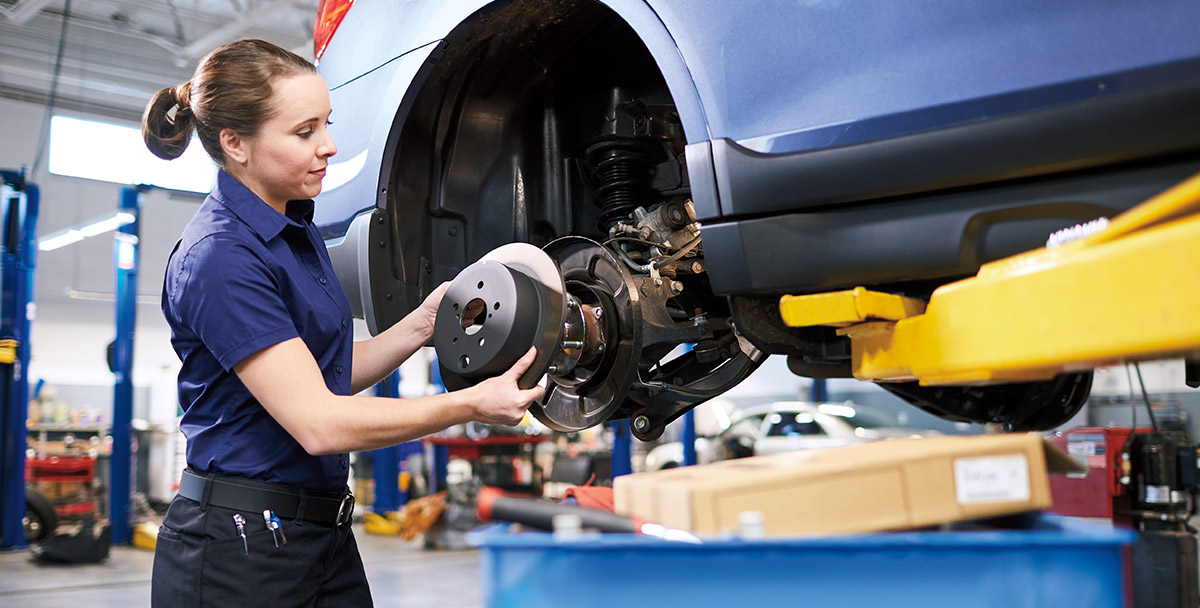Meet the Controller Area Network – the unsung system that keeps your Subaru in harmony.
Contemporary vehicles, it’s often said, are one-part rolling computer. Case in point, a key framework of every Subaru vehicle today is the Controller Area Network (CAN), designed to let components like electronic control units, microcontrollers, devices, sensors and actuators communicate and work together without a host computer.
Why is this important? Because almost every action in your Subaru, from hitting the gas to opening the windows, is not only a mechanical function but also a connected electrical activity. When you hit the headlight control, for example, you’re not turning on the lights directly – you’re sending a signal to its control module over the CAN. In short, the CAN harmonizes the interaction between modules.
The Subaru CAN not only provides faster interaction between the vehicle’s components, but can also help save weight, simplify diagnostics and improve vehicle performance.
The Subaru Solution
Subaru began to implement CAN tech in the early 2000s, and a CAN first appeared on the 2005 Legacy. It has since been implemented in all Subaru models. Starting with the 2015 Legacy and Outback, Subaru vehicles were shipped with a new high-speed CAN configuration: The CAN has been divided into two separate high speed circuits, the main CAN and the body CAN.
Critical systems such as the engine, transmission and ABS are controlled through the main CAN. Less critical electrical systems like power windows, turn signals and HVAC are controlled through the body CAN. The main and body CANs are connected through a gateway, which Subaru calls a Body Integrated Unit. The CAN also interacts with the Local Interconnect Network, which is used to connect sensors.
How It Works
Subaru refers to its version as LAN/CAN, short for local area network/controller area network. Like an office LAN, the Subaru LAN/CAN connects devices into a network – but the devices are control modules for various automotive functions, not computers and printers.
The CAN is made up of two wires, which connect all the devices in the network. Each control module has both a transmitter and a receiver, so it can receive data from and transmit information to the other modules and subsystemsat 500 kilobytes per second.
The CAN is a message-based protocol. The message or frame includes identification data, the main data from each component and an error detection code. The frame also includes a message identifier, which defines the level of priority of the data. So if two modules are trying to send data simultaneously, the message assigned a higher priority will take precedence.
Enabling EyeSight
The constant high-speed communication between components enabled by the CAN has allowed Subaru to implement EyeSight Driver Assist Technology. Subaru EyeSight is based on two stereo cameras mounted by the rearview mirror that can see nearly 20 car lengths ahead. But EyeSight’s cameras would be useless if not linked via the CAN to components that control functions like throttle, braking and steering. This potentially allows the vehicle to react to dangerous conditions in milliseconds. As images are processed by the cameras, data is transmitted via the CAN to control systems, including the engine, transmission and Vehicle Dynamics Control modules. In an emergency situation, the communication between components via the CAN helps slow the vehicle via Pre-Collision Braking and Pre-Collision Throttle Management.
In addition to automatic braking and throttle management, EyeSight offers features like Adaptive Cruise Control and Lane Departure and Sway Warning. These features also depend on the constant communication between modules and sensors enabled by the CAN.
In short, the Controller Area Network is an unsung hero, running beneath the skin of your Subaru. Yet this impressive connective network enables nearly every performance, convenience and safety feature of today’s Subaru vehicles.

